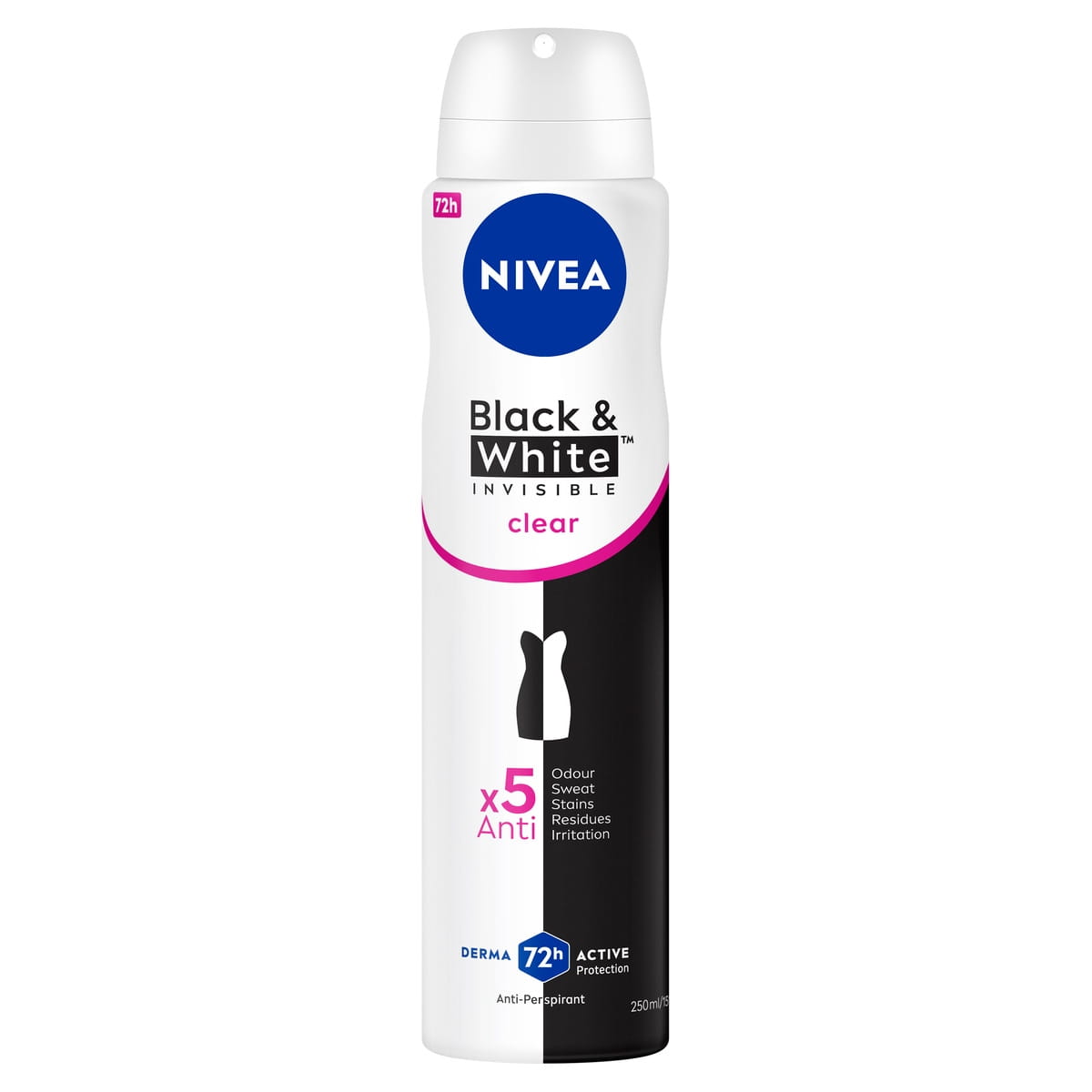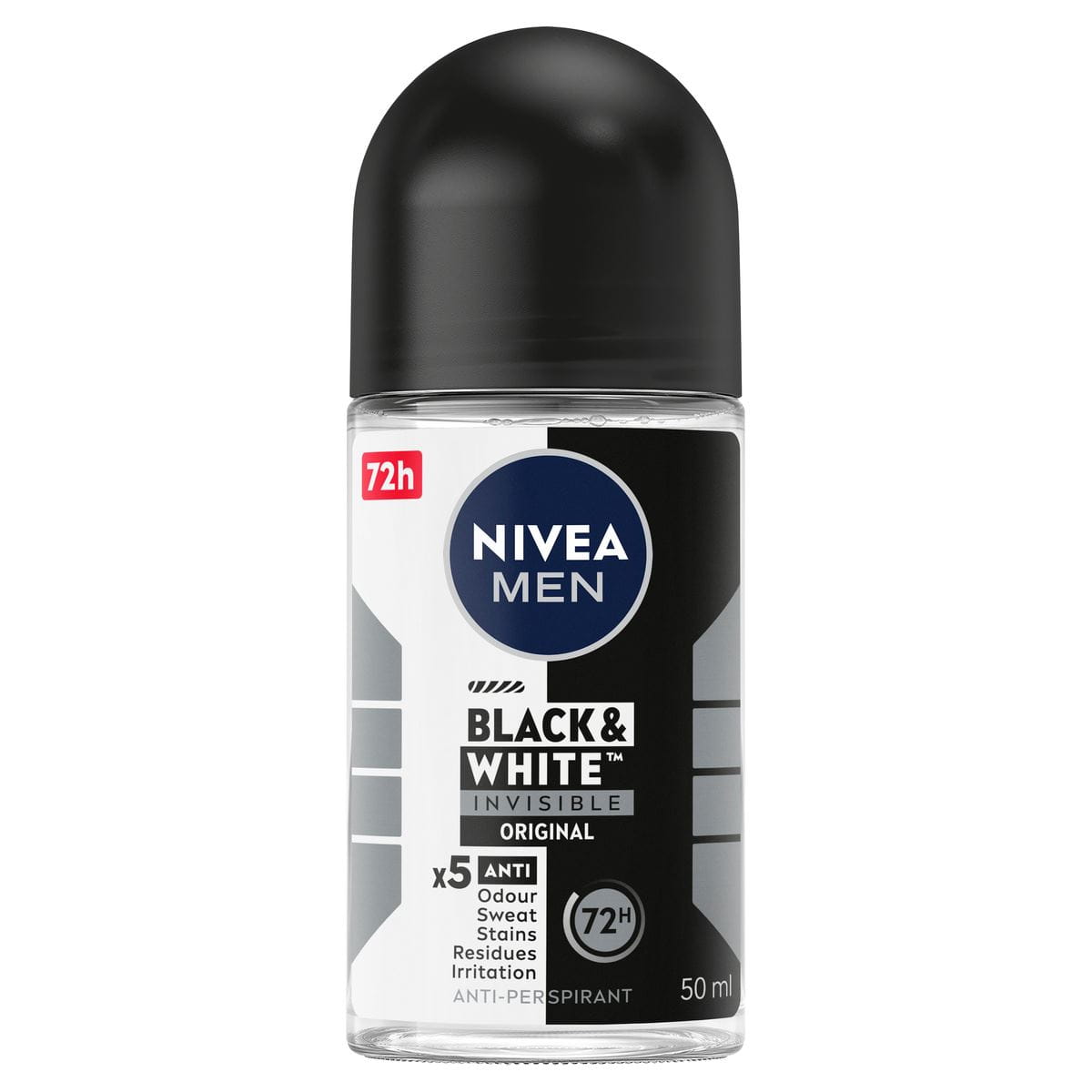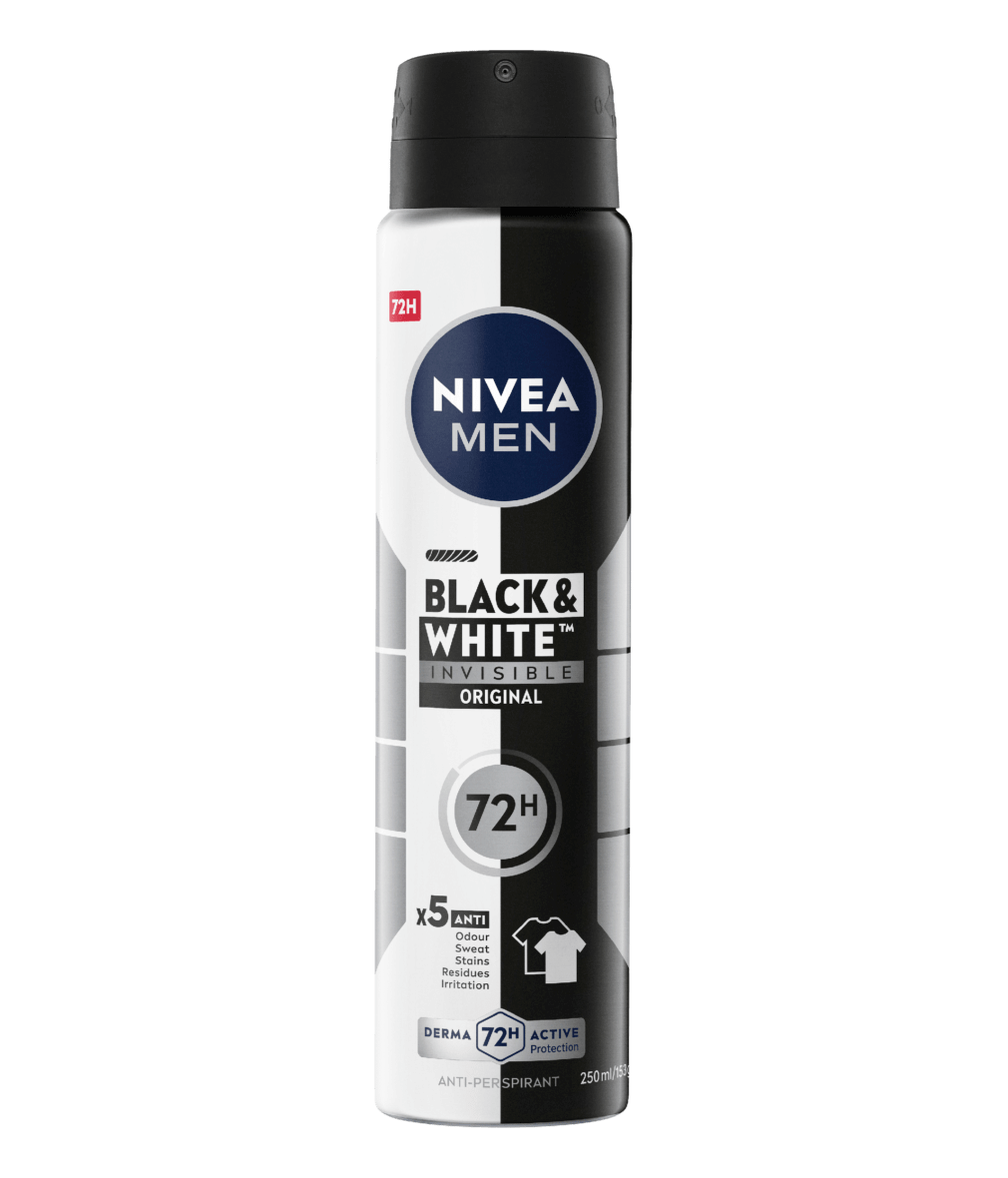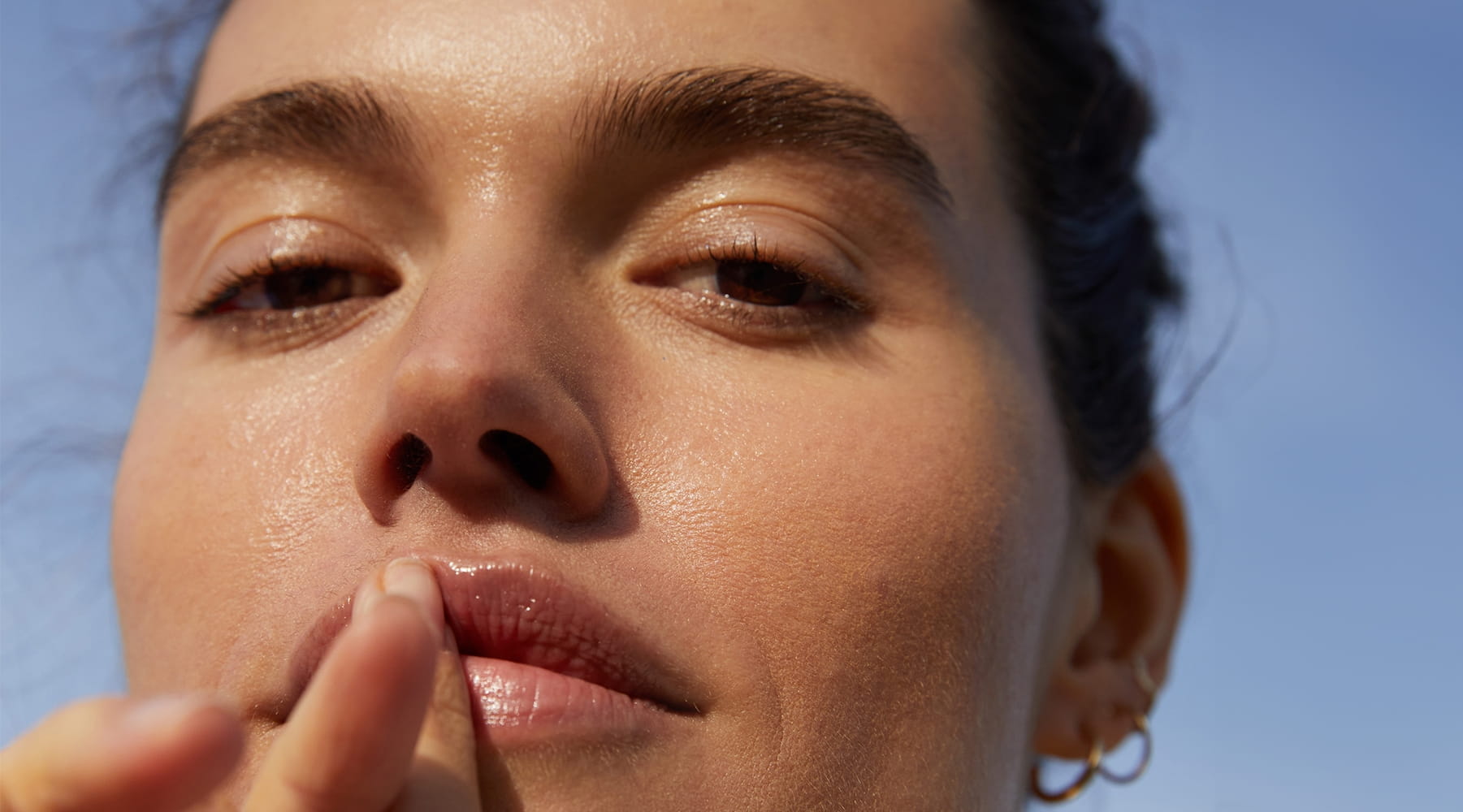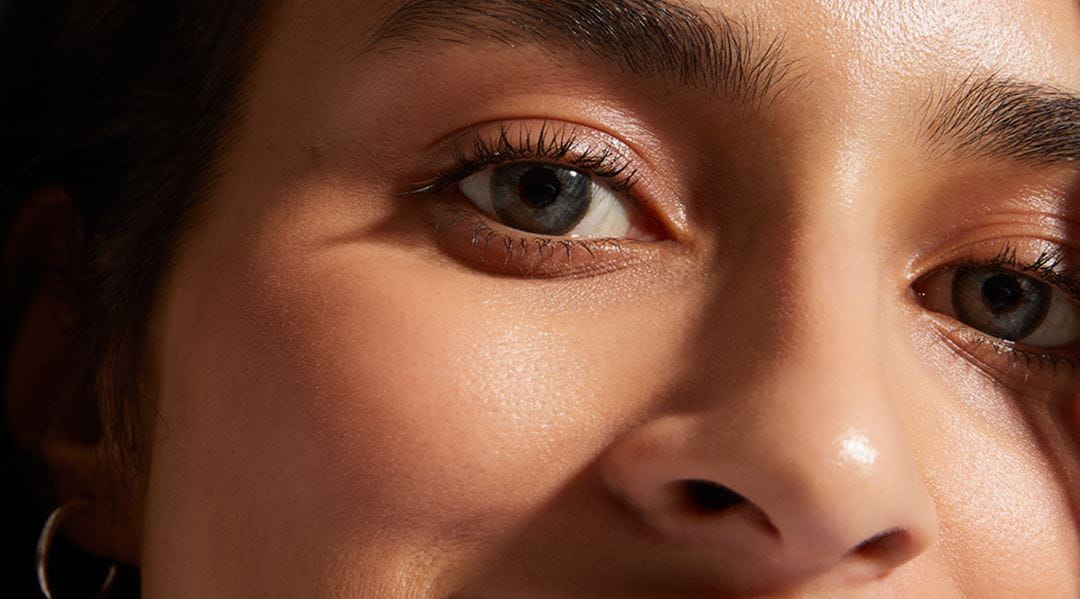
How To Remove Deodorant & Sweat Stains from Clothes
Tired of deodorant stains ruining your outfits? Find out how to effectively remove sweat & deodorant marks from clothes with NIVEA’s expert stain-removal guide.
How To Remove Deodorant Stains
WHAT CAUSES SWEAT STAINS & DEODORANT STAINS?
PREVENT DEODORANT STAINS
HOW TO REMOVE DEODORANT STAINS FROM CLOTHES
REMOVING DEODORANT STAINS WITH HOUSEHOLD ITEMS
TIPS TO HELP PREVENT DEODORANT STAINS
SHAKE IT!
Make sure to shake your product well to ensure that the aluminium chlorohydrate powder is evenly distributed in the can and subsequently on the skin itself. In order to avoid white marks, all anti-perspirants must be fully absorbed or dried sufficiently on the skin before putting on clothes.
CONSIDER OTHER FACTORS
The colour of stains on clothing might be influenced by trace metals in the tap water or whitening agents in your laundry detergent. Moreover, clothing materials might not be sweat-proof and transfer their dye onto lighter-coloured clothes due to bleeding.


